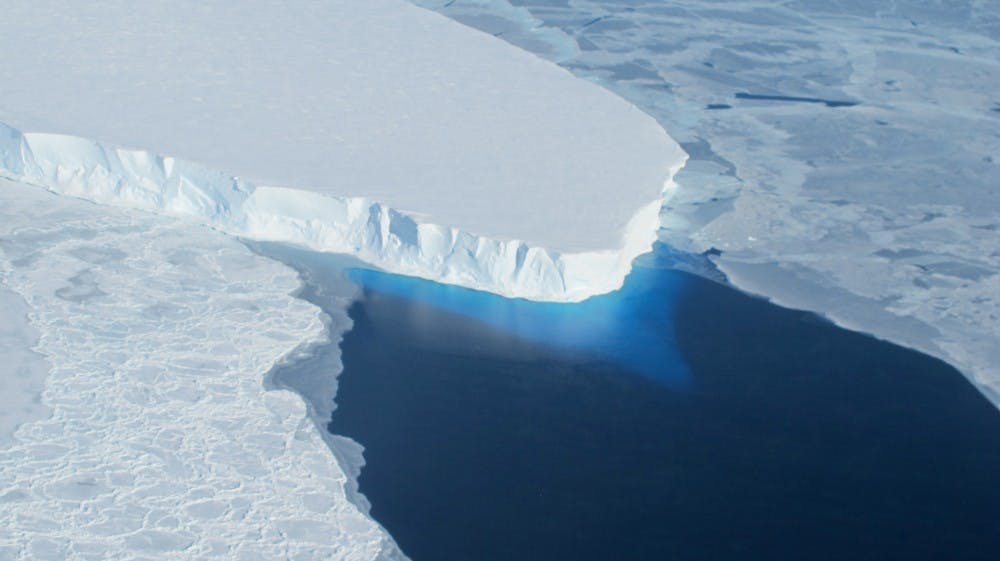According to glaciology experts, the 150-meter thick Brunt Ice Shelf made from freshwater ice, is going to release an iceberg measuring over 1,500 square kilometers.
Through the National Aeronautics and Space Administration’s (NASA) “countdown to calving” project, experts have been able to track and collect critical data from satellites and in situ measuring instruments to have a better understanding of the changing substructure of the Brunt Ice Shelf.
Glaciologists at NASA have categorized chasms as large cracks in the ice shelf which visibly extend to the sea. Narrower cracks with unknown depths have been identified as crevasses.
Although there are many ice shelves that have been monitored and tracked by NASA and glacier experts around the world, the Brunt Ice Shelf is one of the most closely watched and monitored. There are currently 17 different GPS instruments measuring the shifting of the ice every day.
Scientists in Austria and researchers in the United Kingdom have played an integral role in tracking the calving process, which occurs when ice chunks break from the edge of a glacier, and have submitted their research to The Cryosphere, an international scientific journal.
Professor Hilmar Gudmundsson of Northumbria University has been a part of the research efforts, having monitored the growth of the cracks since the first chasm appeared in 2012. Although many would blame the destabilization of the ice structure on climate change, Gudmundsson disagrees.
“What many people do not realize is that this is a natural process and something which has happened time and again,” Gudmundsson said, according to ScienceDaily. “We recognize that climate change is a serious problem which is having an impact around the world, and particularly in the Antarctic. However, there is no indication from our research that this particular event is related to climate change.”
As reported by the National Oceanic and Atmospheric Administration (NOAA) and U.S. Department of Commerce, sea levels continue to rise at a rate of about one-eighth of an inch per year.
Although the two primary causes of the rising global sea levels are thermal expansion and increased melting of land-based ice, the icebergs that form as a result of the cracks and chasms in the ice will not contribute to the rise.
According to an article by Discover, the melting of ice shelves has no apparent effect on global sea levels as the ice, comprised of mostly freshwater formed by snow, is already at equilibrium with the surrounding water.
Through this understanding of ice shelves, many academics, including Gudmundsson, have urged others to understand that this type of event is simply a natural part of an ice shelf’s life cycle, as history has proven.
According to NASA, there have been several large chasms that have broken off, including the Halloween Crack, which was detected in October of 2016, and another detected in 2017, which spanned over 3,600 square miles and broke from West of the Brunt Ice Shelf.
The first recorded chasm, Chasm 1, was identified when satellites detected the first signs of movement, but researchers like Gudmundsson believe that maps of the Brunt Ice Shelf drawn by Ernest Shackleton and James Wordie in 1915 reveal that a large iceberg may have broken away once the Halley Research Station was established in the 1950s.
Through the efforts and meticulous field observations from researchers and academics, the Halley Research Station was safely relocated with minimal disruption to the researchers and the research taking place, Gudmundsson noted.
“We have been tracking the movement of the ice shelf for many years and our modelling indicates that this breakaway is entirely expected,” Gudmundsson said. “That is why in 2014 we recommended that the Halley Research Station was moved to a new and safe location on the ice shelf.”





